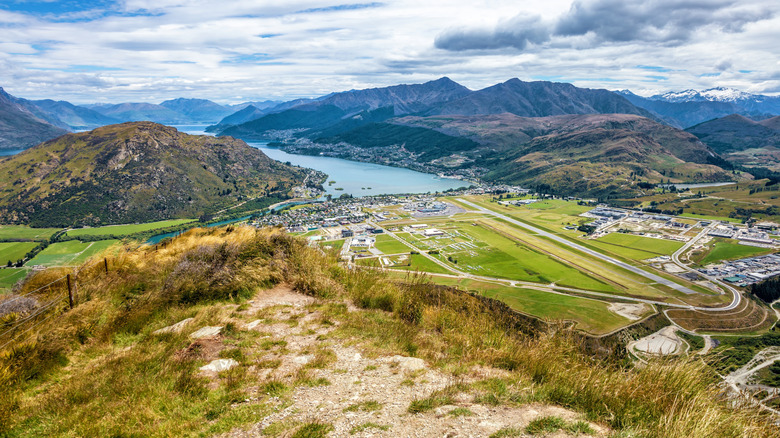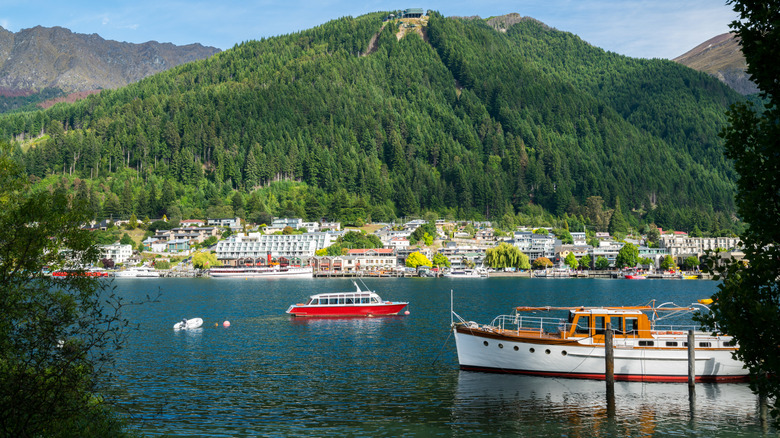New Zealand has become a top choice for solo travelers seeking adventure, beauty, and peace of mind. With its stunning natural landscapes, low crime rate, and welcoming locals, this island nation in the southwestern Pacific Ocean is an ideal destination for those who want to explore on their own terms. Located roughly 2,000 kilometers southeast of Australia, New Zealand consists of two main islands — the North and South Islands — as well as smaller landmasses. The country covers 268,000 square kilometers of breathtaking scenery, making it one of the most visually captivating places on Earth.
One of the biggest reasons why New Zealand stands out is its safety. It ranks second on the Global Peace Index, making it one of the safest countries in the world. This makes it a great option for solo travelers who are looking for a secure environment without compromising on the thrill of discovery. The population of just five million means that there’s plenty of space to breathe and enjoy the natural wonders without feeling crowded.
The landscapes of New Zealand are nothing short of awe-inspiring. Glaciers have carved ancient fjords, while snow-capped peaks reflect in turquoise lakes. Emerald pastures, geothermal features like hot pools and geysers, and lush rainforests add to the diversity of the terrain. Some of the most active volcanoes in the world lie beneath the surface, contributing to the unique and dramatic beauty of the country. With its well-maintained infrastructure and friendly locals, New Zealand offers a safe and unforgettable experience for solo travelers.

For those who want to feel alive and challenged, New Zealand is the perfect place to start. Queenstown, often called the adventure capital of the world, is a must-visit. Surrounded by the Southern Alps and Lake Wakatipu, it offers a mix of adrenaline-pumping activities like skydiving and bungee jumping, as well as more relaxed options like lakeside picnics and wine tastings. As one Reddit user put it, “Queenstown has a lot of things for visitors,” and they’re right.
Not every solo traveler is after high-octane adventures. New Zealand caters to all kinds of travelers, from those seeking solitude to those looking for connection. Tongariro National Park, a UNESCO World Heritage site, is a prime example. The Tongariro Alpine Crossing is a 19.4-kilometer trail that takes hikers through volcanic landscapes, alpine meadows, and mineral lakes that glow in striking colors. A visit to the Waitomo Glowworm Caves adds an otherworldly touch to any journey.
Even if you’re traveling alone, New Zealand makes it easy to connect with others. The warm and welcoming locals, along with a vibrant backpacker culture, create opportunities for new friendships. Booking an all-inclusive tour can help you discover hidden gems like geothermal areas, glacier valleys, and Māori cultural sites. These experiences are best shared, even if you begin your trip solo.

Before heading to New Zealand, make sure your travel documents are in order. A valid passport is required, and whether you need a visa depends on your nationality. Many visitors are exempt for short stays, while others may need to apply online in advance. New Zealand is easily accessible via international airports in Auckland, Christchurch, and Wellington.
Getting around the country is straightforward. Trains, buses, ferries, and water taxis provide reliable transportation between destinations. Renting a car is also an option, but keep in mind that you’ll be driving on the left side of the road. Winding mountain roads require extra time, and it’s best to avoid driving at night — not only for safety, but to fully appreciate the scenic beauty.
Accommodation options range from budget-friendly hostels to luxury hotels. Top-reviewed choices include Cordis, Auckland by Langham Hospitality Group, and DoubleTree by Hilton Hotel Queenstown, with prices ranging from $150 to $300 per night. The best time to visit depends on what you’re looking for: summer offers beach weather and long days, autumn brings golden leaves, spring provides mild conditions, and winter showcases snow-covered landscapes.
Essentials like sunscreen, insect repellent, and hiking boots should be packed. Tipping isn’t customary, but greeting people with a friendly “Kia ora” (hello in Te Reo Māori) is always appreciated. To make the most of your trip, it’s wise to plan carefully, pack a carry-on, carry backup cash, secure travel insurance, and maintain a positive attitude. With these preparations, you’re ready to experience one of the safest and most beautiful countries on Earth.



